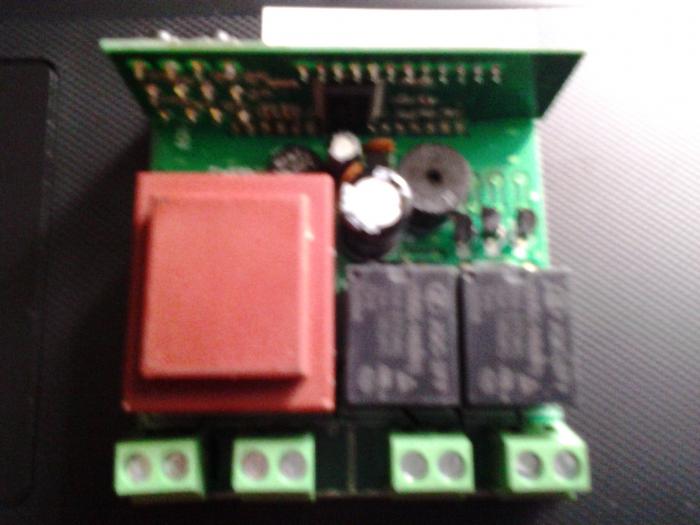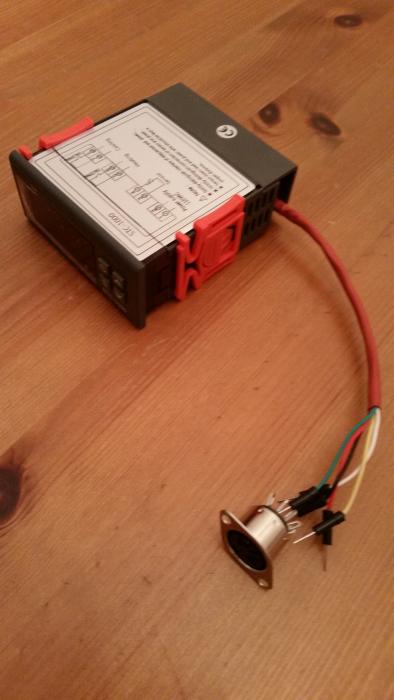alphaomega
Well-Known Member
- Joined
- Jul 10, 2013
- Messages
- 1,041
- Reaction score
- 461
Would it be possible to have a separate hysteresis for cooling and heating? I know the memory is getting quite full, not sure if it is possible or not. I'm trying to tighten up my overshoot and undershoots a bit more and prevent excessive heating and cooling. I'm using a cooling jacket and a heat wrap, and they don't quite change the temp at the same rates.
This has been discussed earlier I think. I probably could be done, but I don't think it is the right thing to do. Why would it be more ok (okayer?) for temperature to drift in one direction but not the other from the setpoint? Bottom line is, if your heater and cooler are mismatched, then best would be to try to sort that.
If your heater is to effective, try to limit it. If it pure resistive, you could for example add a suitable diode in series, to halve the power.
I hope you are ok, with this reasoning. If you think I am wrong, please make an argument for your case, and I'll consider it
Cheers!

































![Craft A Brew - Safale BE-256 Yeast - Fermentis - Belgian Ale Dry Yeast - For Belgian & Strong Ales - Ingredients for Home Brewing - Beer Making Supplies - [3 Pack]](https://m.media-amazon.com/images/I/51bcKEwQmWL._SL500_.jpg)


























 No alarm, no problems detecting my controller. The solder pads looked good enough originally, but who knows?
No alarm, no problems detecting my controller. The solder pads looked good enough originally, but who knows?




